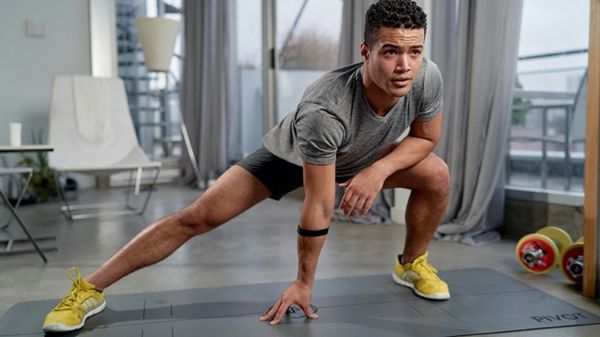
This article is designed for individuals with type 2 diabetes who are interested in incorporating exercise into their routine. It aims to provide guidance on the best times to exercise for managing blood sugar levels effectively. Readers will benefit from learning about the impact of different times of the day on glucose control, along with practical tips for creating a diabetes-friendly fitness plan.
Timing Your Fitness: The Best Times for Managing Type 2 Diabetes Through Exercise
In the intricate dance of managing type 2 diabetes, exercise emerges as a powerful partner. The impact of physical activity on blood sugar control is profound, making it a cornerstone of diabetes management. But beyond the question of “what” and “how” lies another crucial consideration: “when.” The timing of exercise can play a significant role in optimizing blood sugar levels and enhancing overall well-being. In this article, guided by the expertise of Dr. Sarah Mitchell, a leading authority in diabetes management and fitness, we’ll navigate the best times for type 2 diabetes fitness, offering insights and practical tips for exercising with purpose.
The Connection Between Exercise and Type 2 Diabetes Management
Before we delve into the specifics of timing, let’s underline the essential connection between exercise and type 2 diabetes management. Physical activity is more than a calorie burner; it’s a modulator of blood sugar levels. Regular exercise improves insulin sensitivity, allowing your body to use insulin more effectively and regulate glucose levels. It’s a natural way to lower blood sugar, reduce the risk of complications, and enhance overall cardiovascular health. Now, let’s explore how timing can further amplify these benefits.

Morning Magic: The Benefits of Exercising in the AM
The crack of dawn holds more than just promise; it offers a chance to jumpstart your day on a healthy note. Morning workouts hold specific advantages for individuals with type 2 diabetes. Exercising in the morning can help kickstart your metabolism, setting a positive tone for the rest of the day. The increased metabolic rate persists even after your workout, contributing to better blood sugar control throughout the day.
Moreover, morning exercise enhances insulin sensitivity, making your body more receptive to the insulin it produces or receives. This effect can lead to improved blood sugar management and reduced reliance on medications. Whether it’s a brisk walk, yoga session, or a quick strength training routine, a morning workout can set you up for diabetes management success.
Afternoon Advantages: The Midday Window for Fitness
As the sun climbs higher in the sky, so does your opportunity to engage in midday exercise. This window, typically post-lunch, aligns with your body’s natural circadian rhythms. Exercising during this time can help stabilize blood sugar levels after meals, preventing post-meal spikes. It’s a strategic approach to managing glucose and avoiding the rollercoaster effect that can result from inconsistent blood sugar levels.
To make the most of midday workouts, choose activities that you enjoy and that suit your energy levels. A brisk walk, a bike ride, or even a series of desk exercises can contribute to your diabetes management goals.
Evening Endeavors: Exercising to Wind Down
As the sun dips below the horizon, your opportunity for evening exercise arises. Evening workouts can have a positive impact on glucose control, particularly during the evening hours when insulin sensitivity tends to naturally decrease. Engaging in physical activity during this time can counteract the potential rise in blood sugar levels that some individuals experience in the evening.
Furthermore, evening exercise can contribute to better sleep quality. A restful night’s sleep is vital for diabetes management, as sleep deprivation can affect insulin sensitivity and overall glucose control. A relaxing yoga session, a gentle walk, or light strength training can help you unwind while supporting your diabetes management goals.
Conclusion
In the symphony of diabetes management, exercise takes center stage. And when it comes to choosing the best times to exercise, understanding the impact of timing on blood sugar control adds a new dimension to your approach. Whether you’re embracing the morning magic, making the most of the afternoon advantages, or opting for evening endeavors, every time of day has its benefits. The key lies in finding what aligns with your lifestyle, energy levels, and preferences. With the guidance of Dr. Sarah Mitchell, you have the tools to exercise with purpose, optimizing your blood sugar management and embracing a healthier, more active life. Remember, the journey to better diabetes control is not about perfection; it’s about progress and commitment to your well-being.










